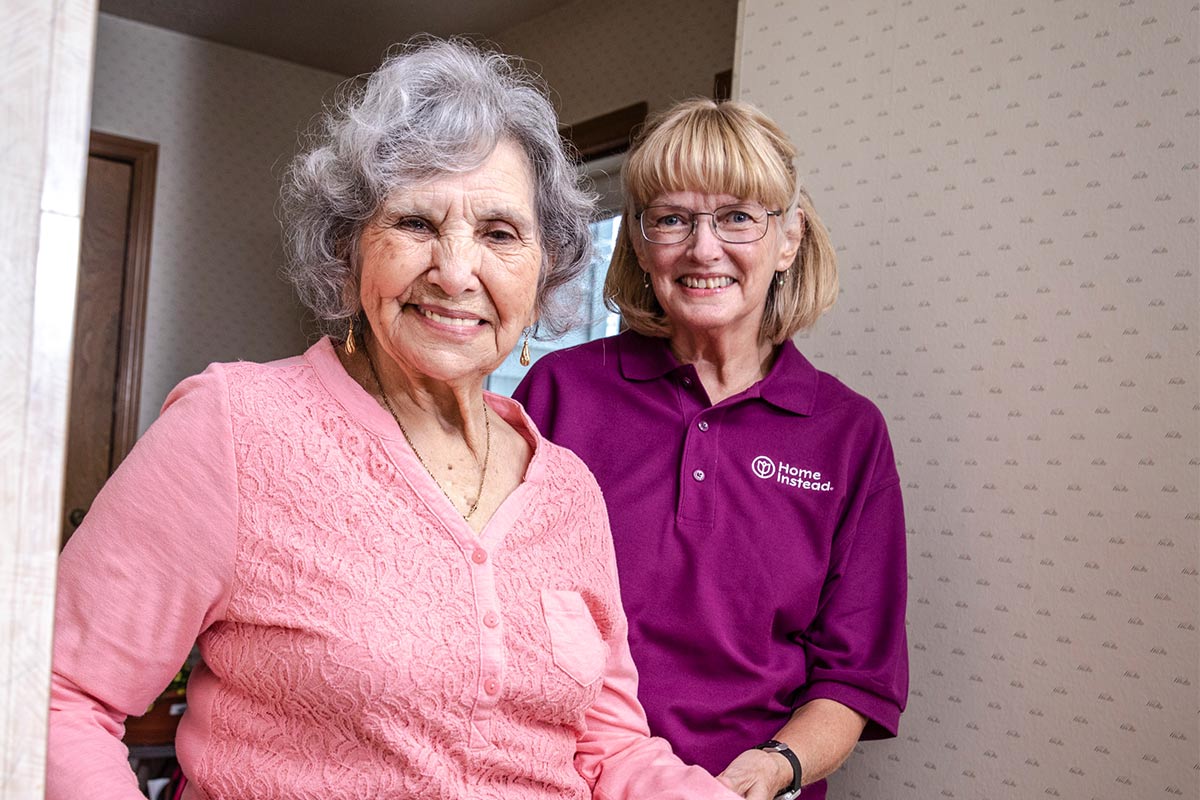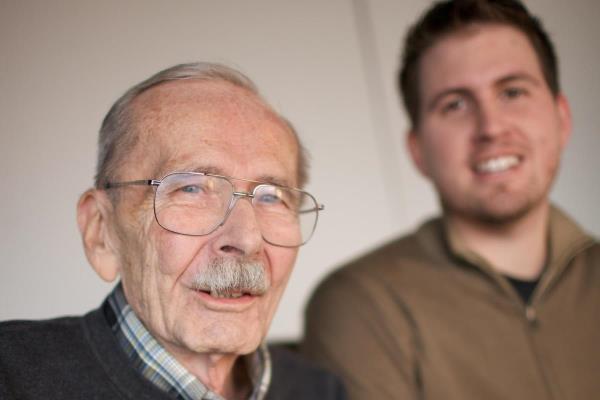We like to keep everyone happy, especially those in senior care. Studio City, CA seniors have a great advantage, being in southern California, where the weather is always gorgeous.
Also, excellent caregivers for seniors in Studio City, CA are just a phone call away, with Home Instead. Our CAREGivers are the best option around for residential assisted living, senior day care, or other elderly services in Studio City, CA.
But even the best senior home caregivers can’t keep the days long and the nights short. And as summer becomes fall, and then slips into winter, the days get shorter, and the nights get longer. This decrease in hours of sunlight per day can bring on what’s known as Seasonal Affective Disorder, or “SAD.”
Symptoms of SAD can be like those of depression. Those affected may have less energy. They may experience more lethargy and despondency. SAD can also come with decreased levels of Vitamin D in the body. Vitamin D, after all, comes from exposure to sunlight. Decrease the sunlight, decrease Vitamin D.
Vitamin D is, of course, important for the body. It aids the immune system, nervous system, and the muscles. It also helps the body to absorb calcium properly, which is very important for seniors with chronic health conditions like osteoporosis.
But seniors in Studio City, CA don’t have to just wait for spring to come to overcome the symptoms of SAD and get back their Vitamin D.
A number of lamps available on the market can trigger Vitamin D production in the body and counteract other symptoms of SAD.
Some of these lamps are desktop, others stand on the floor. Some are better for Vitamin D production; others are better at helping facilitate sleep and relaxation.
Some factors to consider when purchasing a lamp include the brightness, the color, and the type of light source involved.
As for brightness, the light must be at least 10,000 lux to adequately imitate daylight.
Color means where on the spectrum from cool blue light to warm orange light the light falls. Lights can be anywhere in the range from 3,000 kelvin, which is a softer, warmer light, to about 5,000 kelvins, which is a cooler blue light, are acceptable.
And lastly, pay attention to the type of light source is used. Some rely on replaceable bulbs. These will burn out after a while. Others rely on an LED panel, which will never burn out.
And if you’re not sure, rely on the licensed, trained, bonded, knowledgeable CAREGivers of Home Instead to help make that decision.
Call Home Instead today for a virtual or in-home assessment, 818-988-6848.



